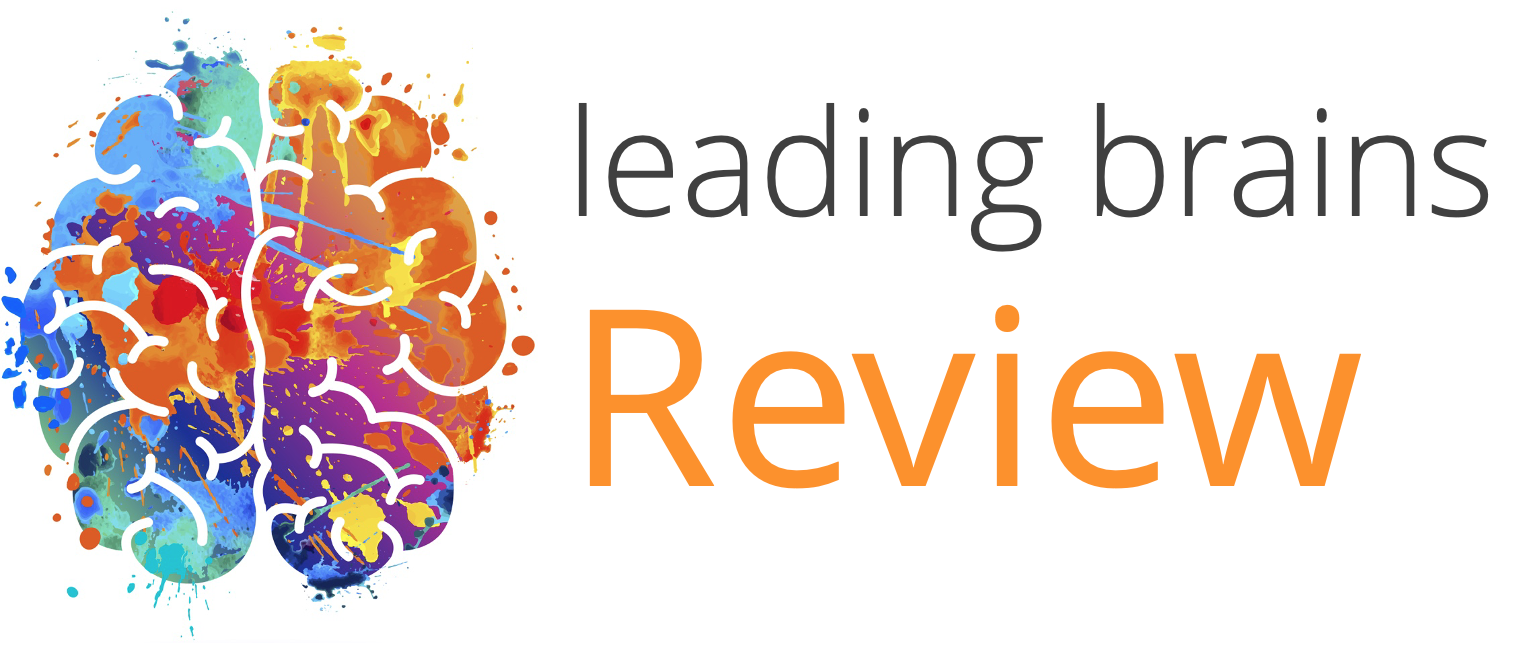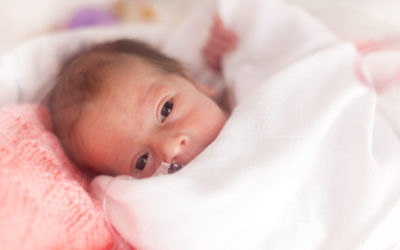Quick Hits
Daily brief research updates from the cognitive sciences

Understanding the link between dementia, brain health, and various metabolic disorders such as obesity is important and gives us important clues in guiding brain health particularly as we age.
Researchers around Amanda Lumsden of the University of South Australia have just published the results of a large-scale study and found some interesting corelations.
In this study they analysed data from 26,239 people in the UK Biobank and found that those with obesity related to liver stress, or to inflammation and kidney stress, had the most adverse brain findings. They measured associations of six diverse metabolic profiles and 39 cardiometabolic markers with MRI brain scan measures of brain volume, brain lesions, and iron accumulation, in order to identify early risk factors for dementia.
People with metabolic profiles linked to obesity were more likely to have adverse MRI profiles with:
-
- lower hippocampal volume (key memory centre)
- grey matter volumes (grey matter is related to general cognition)
- greater burden of brain lesions
- higher accumulation of iron
What was also surprising is the relationship to an individual’s Basal Metabolic Rate (BMR) – the BMR is how much energy your body uses when resting. This BMR is higher in those with obesity but it sems that the BMR is more influential on adverse brain markers than anything else.
So, it seems that a better measure is the BMR – this may sound surprising i.e. using more energy while resting might sound like a good fat-burning trick but it may also represent lower activity – when we ramp up activity metabolic rate increase during activity but sinks lower while resting. This may give your cells a better rest, recovery, and reset.
So, metabolism is a better predictor of brain health – and lower resting metabolism is actually related to higher general activity. Therefore, get moving to help avoid dementia and adverse brain effects!

Andy Habermacher
Andy is author of leading brains Review, Neuroleadership, and multiple other books. He has been intensively involved in writing and research into neuroleadership and is considered one of Europe’s leading experts. He is also a well-known public speaker, speaking on the brain and human behaviour.
Andy is also a masters athlete (middle distance running) and competes regularly at international competitions (and holds a few national records in his age category).
References
Amanda L. Lumsden, Anwar Mulugeta, Ville Petteri Mäkinen, Elina Hyppönen.
Metabolic profile based subgroups can identify differences in brain volumes and brain iron deposition.
Diabetes, Obesity and Metabolism, 2022
DOI: 10.1111/dom.14853
More Quick Hits
Behaviour at eight helps predict midlife health behaviours
A long-term study in Finland has tracked children from the age of eight until the age of 50 and a new analysis of the data, just published, has looked at some of the correlations between socioemotional behaviour in childhood and later life achievement and health...
Psychedelics and consciousness
Psychedelics change our conscious experience of the world – that is part of their attraction. Now a new study out of John Hopkins Medicine has analysed data on attributions of consciousness to other animals and innate objects by those using psychedelics and how this...
Lower smartphone usage increases wellbeing
So much has been said about smartphone usage in modern times. This ranges from some who say that they are destroying our brain to others who see they benefit our cognition by outsourcing cognitive heavy tasks like remembering lists of phone numbers – thereby freeing...
Modesty preferred for cooperative teams
In an age where it appears that many people are vying for self-esteem especially through social media, this research is interesting. Particularly in business contexts where cooperation is king. Research has previously shown that appearing to be wealthy increases...
Poverty shrinks babies’ brains
Quick HitsDaily brief research updates from the cognitive sciences couple of studies have just been released which look at the brains of newborns and young babies. The results are worrying for any society. Brain scans of newborn babies from...
Babies born with five from seven functional brain networks
In the 1950s the blank slate theory was the most prominent theory ascribed to babies. They are born blank slates and then their experiences allow them to develop their networks thoughts, associations, etc., and just about everything else. Though this theory is long...






